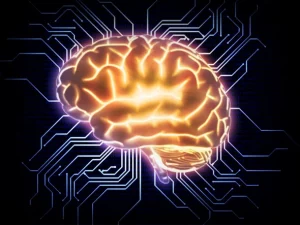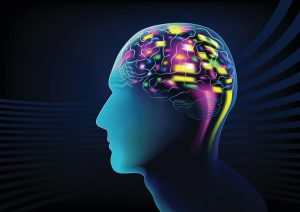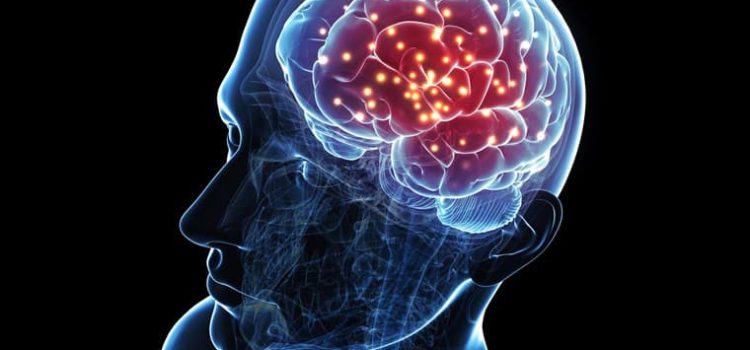
Introduction
In the realm of technological innovation, the convergence of brain-computer interfaces (BCIs) and artificial intelligence (AI) stands as a beacon of promise, offering a landscape rich with potential applications that transcend conventional boundaries. This amalgamation presents an enthralling synergy where the prowess of human cognition merges seamlessly with the computational capabilities of AI. By delving into the collaborative potential of BCIs and AI, this exploration aims to elucidate how their interplay can revolutionize numerous domains and redefine the future of human-machine interactions.
Understanding the Foundations: Brain-Computer Interfaces (BCIs)
BCIs serve as the conduit between the human brain and external devices, facilitating the direct communication and exchange of information. These interfaces leverage an array of technologies, ranging from electroencephalography (EEG) to invasive neural implants, allowing for the interpretation of neural signals and their translation into actionable commands. Over the years, BCIs have evolved significantly, enabling individuals to control prosthetic limbs, navigate computer interfaces, and even communicate solely through thoughts.
The Rise of Artificial Intelligence (AI)
Concurrently, AI has undergone a paradigm shift, emerging as a transformative force across diverse domains. Machine learning, neural networks, and deep learning algorithms have empowered AI systems to analyze vast datasets, recognize patterns, and make autonomous decisions, mirroring certain aspects of human cognition.
Mutual Reinforcement: How BCIs and AI Complement Each Other
Enhancing BCI Performance with AI
AI augments the capabilities of BCIs by refining signal processing techniques. Machine learning algorithms can decipher complex neural patterns more accurately, improving the efficiency and accuracy of translating brain signals into executable commands. This symbiosis holds promise for refining BCI applications in healthcare, enabling precise control of prosthetics and assisting individuals with neurological disorders.
Advancing AI through BCI Insights
Conversely, BCIs offer a unique window into human cognition, providing valuable data that can enhance AI algorithms. By capturing real-time brain activity, BCIs offer insights into human decision-making, emotions, and preferences. This data can inform the development of more empathetic AI, capable of understanding and responding to human emotions and intentions.

Applications Across Varied Frontiers
Healthcare Revolution
The amalgamation of BCIs and AI presents a transformative paradigm in healthcare. From aiding paralysis patients to regain mobility to facilitating early detection of neurological disorders through pattern recognition in brain activity, this synergy holds immense potential to revolutionize rehabilitation and diagnostics.
Augmented Learning and Training
In educational settings, BCIs integrated with AI can personalize learning experiences. Adaptive learning platforms can gauge students’ cognitive responses in real time, tailoring educational content to suit individual learning patterns and enhancing knowledge retention.
Unveiling Creative Frontiers
The fusion of BCIs and AI unravels new vistas in art, music, and creativity. Artists can leverage BCIs to translate mental imagery into tangible creations, while AI algorithms can aid in interpreting and enhancing these artistic endeavors, fostering novel forms of expression.
Ethical Considerations and Challenges
As this synergy progresses, ethical considerations surrounding privacy, consent, and data security warrant meticulous attention. Safeguarding the integrity of neural data and ensuring informed consent becomes imperative. Additionally, challenges such as signal-to-noise ratio in neural data, interoperability between diverse BCI systems, and the interpretability of AI-driven insights pose hurdles that demand concerted efforts in research and development.

Conclusion
The collaboration between BCIs and AI heralds a new epoch in human-machine symbiosis, fostering innovations that transcend traditional boundaries. By harnessing the fusion of human cognition and artificial intelligence, we navigate towards a future where technology not only augments human capabilities but also fosters deeper understandings of the human mind. As this synergy continues to burgeon, a conscientious approach that balances innovation with ethical considerations will be pivotal in realizing its transformative potential, ushering in an era where the convergence of brains and machines redefines the essence of human existence.










